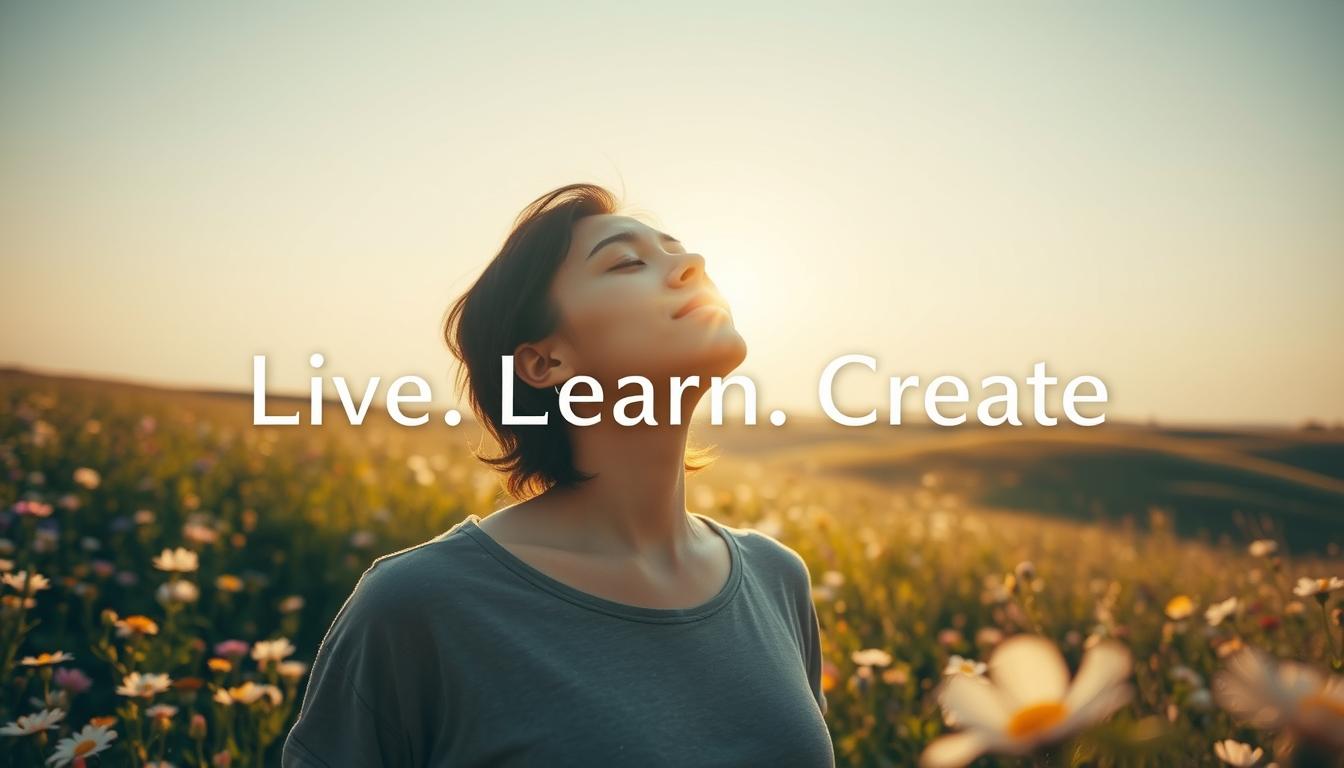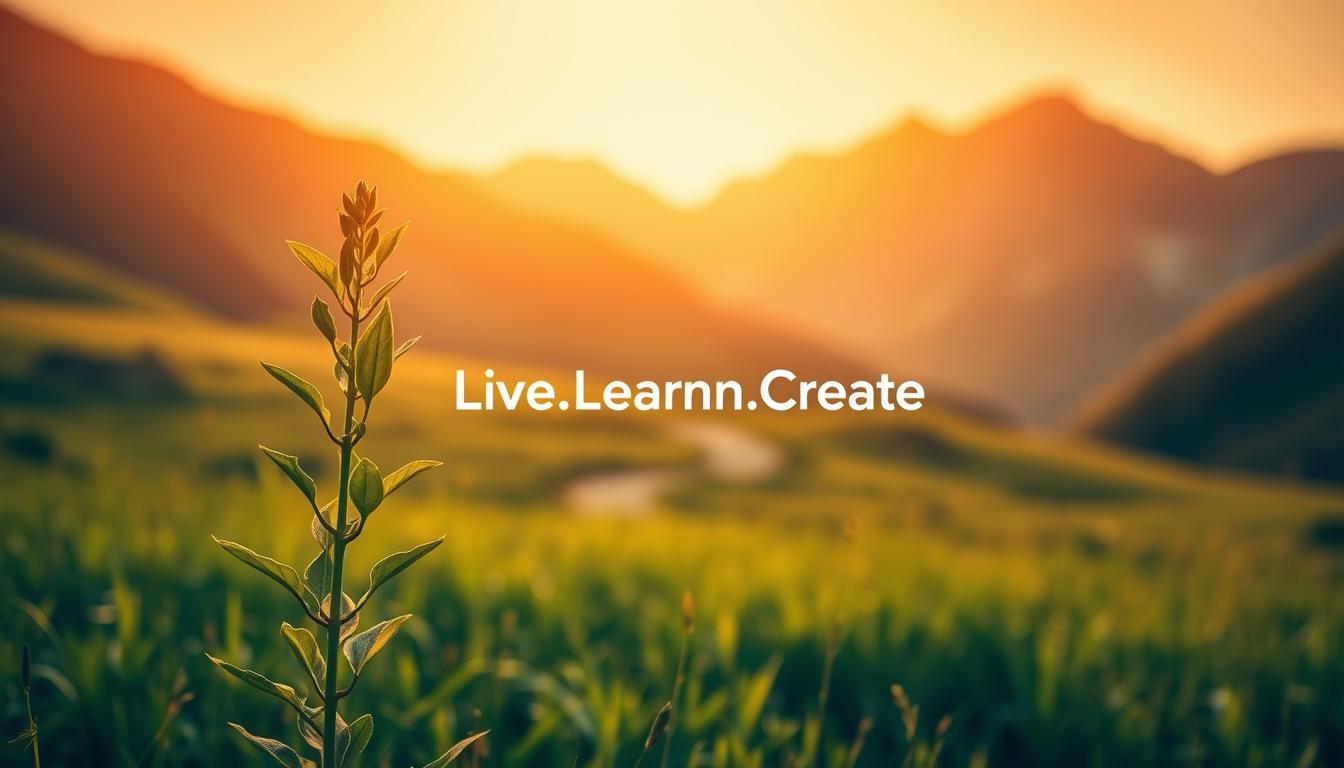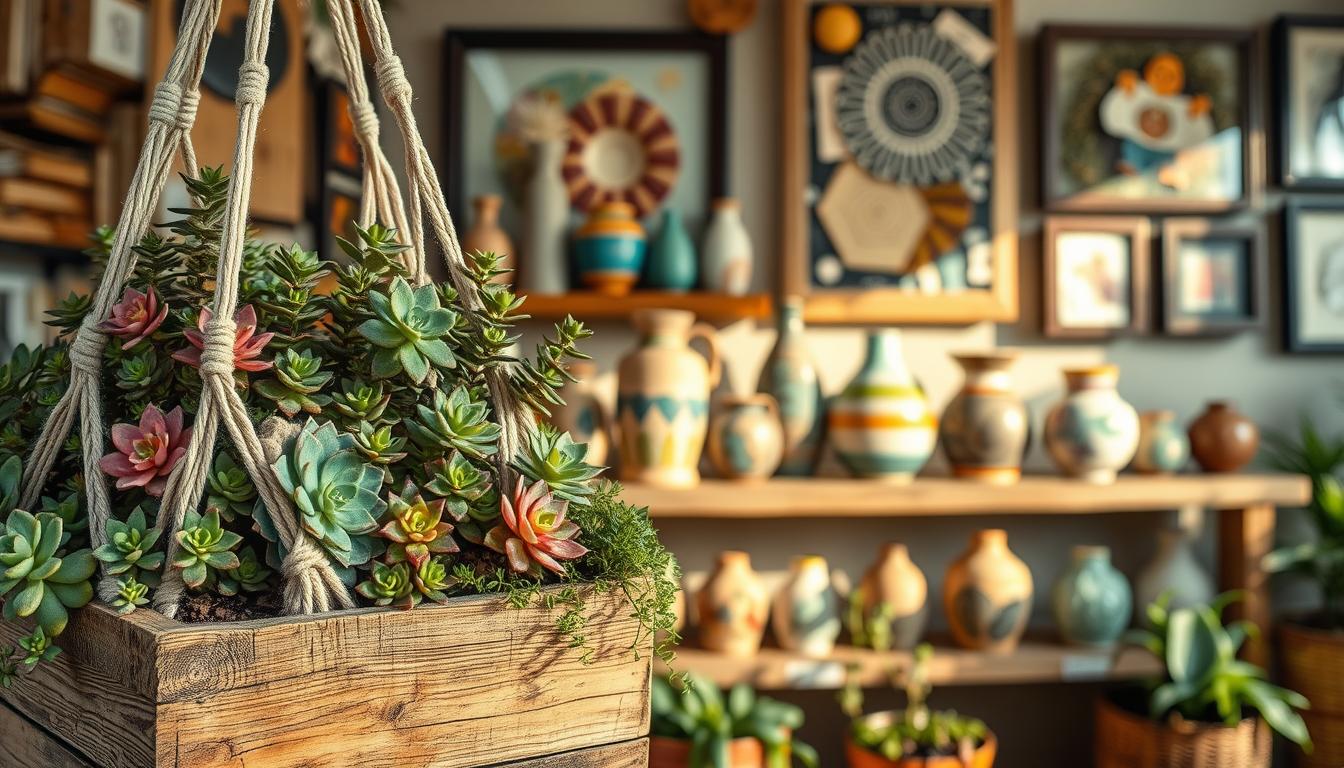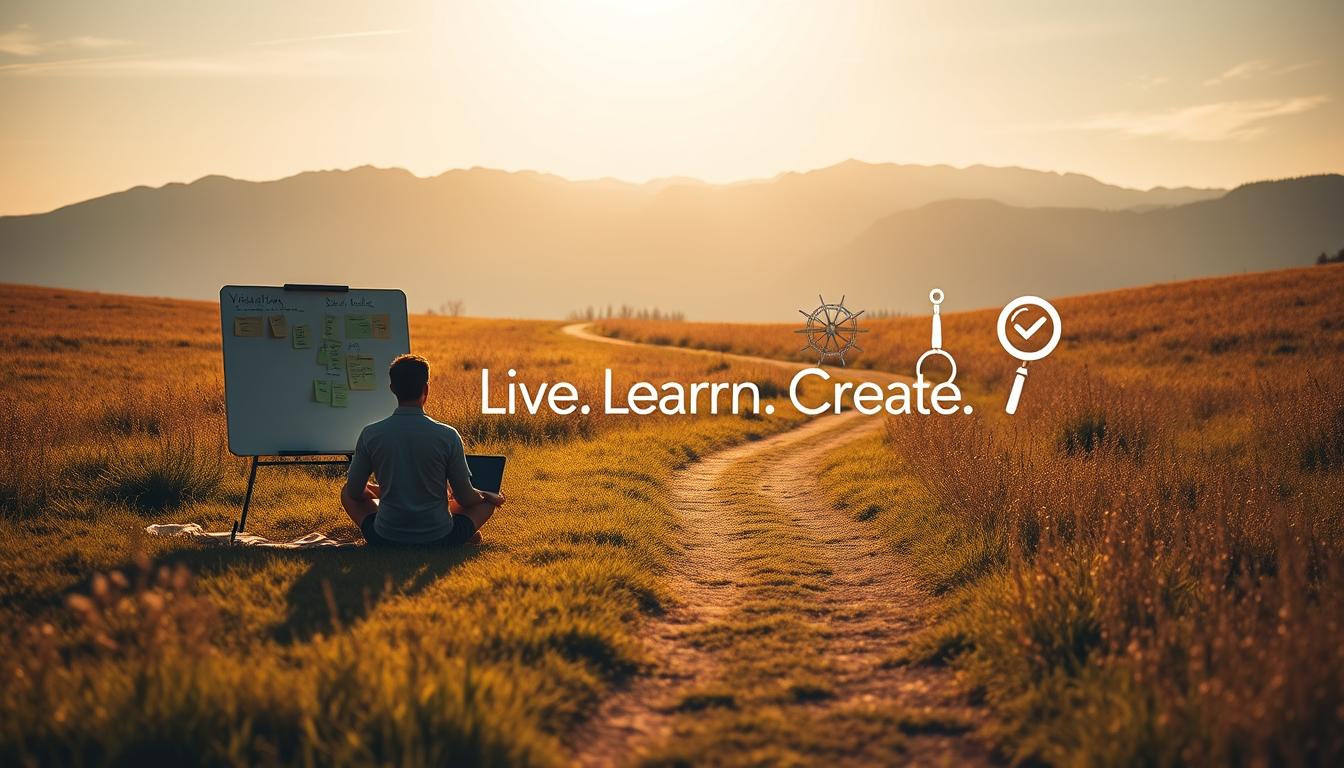“You don’t have to be great to start, but you have to start to be great.” – Zig Ziglar
Starting a journey to change from a fixed to a growth mindset is a big step. It’s a move towards self-improvement and self-development. Carol Dweck, a famous psychologist, says a growth mindset believes we can grow our abilities with hard work and dedication.
This guide will help you on this journey. We’ll share insights and steps to get a growth mindset. We’ll also look at great resources on Amazon, like books on self-improvement and mindfulness.
Key Takeaways
- Understand the difference between a fixed and growth mindset.
- Learn practical steps to shift towards a growth mindset.
- Discover valuable resources on Amazon for self-development.
- Implement strategies to foster a positive and resilient mindset.
- Embark on a journey of continuous learning and self-improvement.
Understanding the Difference Between Mindsets
Knowing the difference between a fixed and growth mindset is key to a more adaptable life. It shapes how we see our abilities and intelligence. This, in turn, affects how we tackle challenges and seize opportunities.
Fixed Mindset vs. Growth Mindset
A fixed mindset believes our talents and abilities are set from birth. People with this mindset think they’re either naturally good at something or not. This limits their growth.
A growth mindset, on the other hand, believes we can improve with effort and dedication. It encourages a love for learning and resilience, vital for success.
Having a growth mindset means we see our abilities as changeable. This is key for personal development and mindset growth. It helps us face challenges positively and see failures as chances to learn.
Examples of Each Mindset
Let’s look at how each mindset plays out. A fixed mindset might say, “I’m not good at this,” and quit. But a growth mindset says, “I’ll learn and get better,” and dives into the challenge.
- A fixed mindset might make someone shy away from challenges.
- A growth mindset sees challenges as chances to grow.
These mindsets affect many areas of life, from work to personal relationships. Adopting a growth mindset leads to a more positive and resilient way of dealing with life’s hurdles.
Importance of Mindset in Personal Growth
Self-awareness is vital for personal growth. Knowing our mindset is the first step to change. By recognizing our mindset, we can start to grow towards a more positive approach.
Building a growth mindset takes time, effort, and kindness to ourselves. It’s about facing challenges, overcoming obstacles, and seeing failures as learning moments. This path leads to deeper fulfillment and life satisfaction.
The Benefits of Adopting a Growth Mindset
A growth mindset is more than just a concept. It’s a powerful tool for improving resilience, learning, and satisfaction. By adopting this mindset, people can change how they face challenges and opportunities.
Enhanced Resilience and Adaptability
One major benefit of a growth mindset is enhanced resilience and adaptability. When obstacles come up, those with a growth mindset keep going and adapt. They see challenges as chances to grow, not threats to their ego.
“The greatest glory in living lies not in never falling, but in rising every time we fall.” – Nelson Mandela
This resilience is key in today’s fast-changing world. Being able to adapt quickly can greatly help in reaching personal and professional goals.
Improved Learning and Skill Acquisition
A growth mindset also leads to improved learning and skill acquisition. Believing abilities can grow, people are more willing to take on new challenges. This leads to mastering new skills better.
| Skill | Fixed Mindset Approach | Growth Mindset Approach |
|---|---|---|
| Learning a new language | Avoids practice due to fear of mistakes | Embraces practice, viewing mistakes as learning opportunities |
| Public speaking | Believes they are inherently bad at it | Seeks feedback and practices to improve |
Greater Overall Life Satisfaction
In the end, a growth mindset leads to greater overall life satisfaction. By focusing on learning and improvement, people find fulfillment and purpose. This is true, no matter the outcome.

As we work on self-improvement and setting goals, a growth mindset is a key success habit. It prepares us for long-term success and happiness.
Identifying Your Current Mindset
The journey to a growth mindset starts with self-reflection. You need to understand your current beliefs to make changes. Knowing your mindset’s impact on your life is key.
Self-Reflection Exercises
Self-reflection exercises can give you insight into your mindset. Ask yourself: “What are my goals and aspirations?” “How do I react to challenges?” and “What are my thoughts on failure?” These questions help you see your beliefs about growth and development.
Journaling Your Thoughts and Beliefs
Journaling is a great way to identify your mindset. Writing down your thoughts and beliefs helps you spot patterns. Keeping a daily or weekly journal tracks your progress and lets you reflect on your experiences.
For instance, write about a tough situation and how you dealt with it. Thinking about your actions and decisions can show if you have a fixed or growth mindset.
Seeking Feedback from Others
Others might see you more clearly than you see yourself. Getting feedback from trusted friends, family, or colleagues is valuable. Ask them about your attitude towards challenges and failures. Their views can highlight areas for growth and encourage a growth mindset.
By using these methods, you can understand your mindset better. This understanding is the first step towards personal growth and self-development.
Setting Concrete Personal Growth Goals
The journey to personal growth starts with setting clear goals. These goals should match your values and passions. By setting specific objectives, you can make meaningful progress in your personal development.
Defining SMART Goals
To set effective goals, make them Specific, Measurable, Achievable, Relevant, and Time-bound (SMART). This ensures your goals are clear, doable, and can be reached within a set time frame.
- Specific: Clearly define what you want to achieve.
- Measurable: Quantify your goal so progress can be tracked.
- Achievable: Ensure the goal is realistic based on your resources and constraints.
- Relevant: Align your goal with your values and long-term objectives.
- Time-bound: Set a specific deadline for achieving your goal.
Aligning Goals with Values and Passions
Aligning your goals with your core values and passions is key. When your goals match what you truly care about, you’ll stay motivated and focused.
Reflect on your core values and passions. Ask yourself:
- What matters most to me in life?
- What activities make me feel most alive and engaged?
- How do my goals support my long-term vision and values?
Creating a Vision Board for Inspiration
A vision board is a great tool for visualizing your goals. It keeps you focused and inspired by reminding you of your goals.
To make a vision board, collect items that represent your goals. Use images, quotes, and personal symbols. Arrange them in a way that feels meaningful to you. Then, display your vision board where you’ll see it every day.
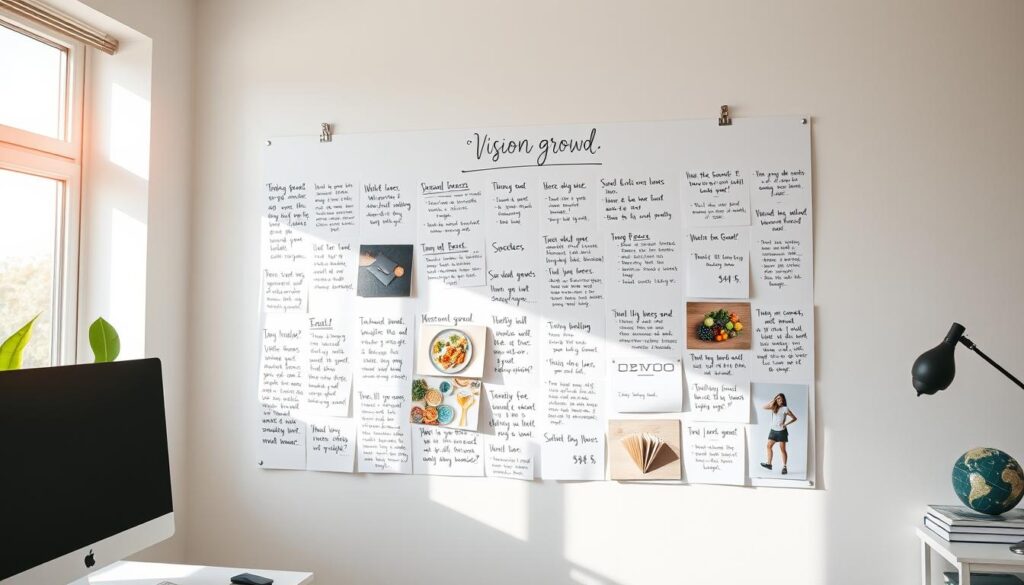
By following these steps, you’ll be on your way to achieving your personal growth goals. You’ll be closer to realizing your dreams.
Embracing Challenges as Opportunities
Challenges are not obstacles but chances for growth and self-improvement. Seeing challenges as opportunities opens us to new experiences and learning. This can greatly improve our personal and professional lives.
The Power of Positive Reframing
Practicing positive reframing is a powerful way to face challenges. It means changing how we see challenges from negative to valuable learning experiences. This way, we turn setbacks into stepping stones for success.
For example, instead of thinking “I’ll never be able to do this,” we can say “This is a chance for me to learn and improve.” This mindset shift can greatly change how we tackle challenges. It helps us become more resilient and adaptable.
Strategies for Tackling Challenges
Effectively tackling challenges needs the right mindset and strategies. Here are some strategies to consider:
- Break down large challenges into smaller, manageable tasks to make them less overwhelming and more achievable.
- Cultivate a support network of friends, family, or mentors who can provide guidance and encouragement.
- Focus on the learning process instead of the end result, and celebrate small wins along the way.
Learning from Setbacks and Failures
Setbacks and failures are part of growing. They offer valuable chances to learn and improve. By understanding what went wrong and adjusting, we can turn failures into valuable lessons that propel us forward.
To learn from setbacks, it’s key to:
- Reflect on the experience to identify key takeaways.
- Adjust your strategy based on what you’ve learned.
- Move forward with renewed determination, applying the insights gained from the experience.
By seeing challenges as opportunities for growth, we can develop a resilient and growth-oriented mindset. This mindset is essential for success and a fulfilling life.
Developing a Lifelong Learning Habit
Starting a lifelong learning journey can change your life. It helps you grow and become more self-assured. By doing so, you open up to new experiences and skills that can make your life better.
Exploring New Skills and Interests
Exploring new skills and interests is exciting. You might learn a new language, play a musical instrument, or try a new hobby. This journey is both challenging and rewarding.
It broadens your world and helps you find talents and passions you didn’t know you had. To start, think about what you’ve always wanted to try but never had the chance. Look for online courses or tutorials on sites like Coursera, Udemy, or Skillshare. The important thing is to be open to new things and not be afraid to try.
The Role of Curiosity in Growth
Curiosity drives lifelong learning. It makes you ask questions, seek answers, and explore new areas. Being curious means being open-minded and willing to question your beliefs.
By being curious, you create a space for growth and self-improvement. To keep curiosity alive, stay childlike in your wonder. Ask questions, seek out new experiences, and learn from your mistakes. This approach makes learning fun and effective.
Resources for Continuous Learning
Today, there are many ways to keep learning. You can find online courses, tutorials, books, and podcasts. For structured learning, sites like Coursera, edX, and LinkedIn Learning offer courses on many subjects.
For more resources, check out Amazon for books and courses. Some great picks include “The Art of Learning” by Josh Waitzkin, “Mindset: The New Psychology of Success” by Carol S. Dweck, and online courses on photography and coding. Use Amazon’s search feature to find these by typing in keywords related to your interests.

By using these resources and staying committed to learning, you can keep growing and adapting in a changing world.
Building a Supportive Network
Starting your personal growth journey means having a supportive network is key. This network offers guidance, motivation, and encouragement. It helps you face challenges and celebrate your wins.
Mentors and Role Models
Finding mentors and role models is vital. They share insights, experiences, and guide you on your journey. Look for professionals in your field or attend industry events to find them.
Benefits of Mentors and Role Models:
- Gain valuable insights and advice
- Learn from their experiences and challenges
- Expand your professional network
Networking with Like-minded Individuals
Networking with people who share your interests keeps you motivated. Join online communities, attend workshops, or local groups. This way, you meet others with similar goals.
Tips for Effective Networking:
- Be open and authentic in your interactions
- Listen actively and show genuine interest
- Follow up and maintain connections
The Importance of Community
Community is vital for personal growth. It gives you a sense of belonging, support, and accountability. These are key for reaching your goals.
| Community Benefits | Description |
|---|---|
| Support System | A network of individuals who understand and support your goals |
| Accountability | A sense of responsibility to stay on track with your goals |
| Motivation | Inspiration and encouragement from like-minded individuals |
Building a supportive network boosts your self-awareness and motivation. It helps you reach your personal growth goals. Remember, personal growth is a journey. A supportive community can be the game-changer.
Practicing Mindfulness and Self-Compassion
Adding mindfulness and self-compassion to our daily routine can make us more resilient. It helps us face life’s ups and downs with ease and positivity.
Mindfulness and self-compassion go hand in hand. Mindfulness keeps us in the moment. Self-compassion teaches us to be kind to ourselves, even when things get tough.
Techniques for Mindful Living
Mindful living has many simple techniques we can use every day. Here are a few:
- Meditation: Regular meditation calms the mind and boosts focus.
- Deep Breathing: Deep breathing reduces stress and clears the mind.
- Body Scan: This involves noticing body sensations, leading to relaxation and awareness.

Cultivating Self-Compassion in Difficult Times
Self-compassion means treating ourselves with kindness, just like we would a friend. It’s about being gentle, recognizing our shared humanity, and understanding our feelings.
| Practice | Description | Benefit |
|---|---|---|
| Gentle Self-Talk | Talking to ourselves with kindness and understanding. | Reduces self-criticism and builds a positive self-image. |
| Acknowledging Common Humanity | Seeing that struggles are a normal part of life. | Makes us feel less alone and more connected. |
| Mindfulness of Emotions | Being aware of and accepting our emotions. | Improves emotional control and resilience. |
The Impact of Mindfulness on Growth Mindset
Mindfulness greatly affects our ability to grow and learn. It makes us more aware of our thoughts and feelings. This helps us handle challenges more thoughtfully.
Mindfulness and self-compassion are key to a growth mindset. They help us become more resilient, improve our learning, and see the world in a more positive light.
Celebrating Small Wins Along the Way
It’s important to celebrate small achievements to keep growing positively. As you work on personal growth, don’t forget to acknowledge the small steps that lead to big wins.
Recognizing and Acknowledging Progress
Seeing your progress, no matter how small, boosts your motivation. It shows you’re on the right path towards your goals. This keeps you going and excited for more.
Keeping a progress journal is a great way to track your wins. It helps you see how far you’ve come. This boosts your confidence and shows your growth over time.
The Importance of Gratitude
Gratitude is key in celebrating small victories. It helps you focus on what you’ve achieved, not what’s missing. This positive mindset makes your growth journey more enjoyable.
Try a daily or weekly gratitude practice. It could be listing three things you’re thankful for each day. Sharing your thanks with others also builds a positive atmosphere.
Creating Rituals for Celebration
Creating special rituals for celebrating your wins makes them more memorable. These rituals remind you of your achievements and let you reflect on your journey. They can be as simple as enjoying a favorite activity or spending time with loved ones.
Think about a personal celebration ritual that feels special to you. It could be lighting a candle, writing in a journal, or taking a moment of silence. The most important thing is to make it personal and meaningful.
Keeping Your Growth Mindset Sustainable
As you keep moving forward on your personal growth path, it’s key to keep the momentum going. Keeping a growth mindset takes work, but the benefits are huge. By checking in regularly, you can see where you need to focus and make changes to stay on track.
Regular Check-ins for Mindset Maintenance
Make time for self-reflection to see how you’re doing and adjust as needed. This helps you stay true to your personal growth goals. It’s a way to empower yourself.
Staying on Track
To keep moving forward, you must stay committed to your goals. Break big goals into smaller steps. Celebrate each success to keep yourself motivated.
Long-term Growth Strategies
For lasting success, use strategies that help you grow continuously. Surround yourself with people who support and push you to be your best.
By making these habits part of your daily life, you’ll be more likely to keep a growth mindset. This will help you grow personally and empower yourself for the long haul.
FAQ
What is the first step in shifting from a fixed to a growth mindset?
First, learn the difference between fixed and growth mindsets. Then, reflect on your mindset through journaling and feedback. This helps you become more aware of yourself.
How can I adopt a growth mindset in my daily life?
Begin by seeing challenges as chances to grow. Practice positive thinking and find ways to overcome obstacles. Learning for life and having supportive friends also helps.
What are some benefits of having a growth mindset?
A growth mindset boosts resilience and learning skills. It makes life more satisfying and helps you adapt to new things. This leads to personal growth.
How can I stay motivated on my personal growth journey?
Celebrate small victories and be thankful. Create special moments to celebrate your progress. Regularly check your mindset and keep your goals in sight to stay motivated.
What resources are available to support continuous learning?
Amazon offers many books on self-improvement and personal growth. These resources can help you learn and grow continuously.
How can I maintain a growth mindset over time?
Keep checking your mindset and stay true to your goals. Challenge yourself regularly. This ensures your growth mindset stays strong and supports your development.
Transform your home into a more peaceful and mindful sanctuary. Creating a Zen-inspired home environment is a core part of the “Live.Learn.Create” theme, focusing on peace, mindfulness, and a clutter-free space. Here is a curated list of Zen home items.
The Zen Essentials
These items are the building blocks of a calm, intentional living space.
- Candles & Scents:
- Scented Candles: Look for calming, natural scents like sandalwood, lavender, white tea, or bergamot. Choose candles made with soy or beeswax for a clean burn.
- Essential Oil Diffusers: A minimalist, sleek diffuser made of bamboo, ceramic, or glass.
- Essential Oil Sets: Look for blends specifically for relaxation, focus, or sleep.
- Incense & Burners: Natural incense sticks (e.g., palo santo, sage) with a simple, elegant burner.
The Zen Decor
This is about incorporating natural elements and simple design.
- Natural Materials:
- Wood or Bamboo Trays: For organizing candles, stones, or other small items.
- Ceramic Vases: Simple, unglazed ceramic vases in neutral colors like white, beige, or gray.
- Minimalist Art: Simple line drawings, abstract prints, or nature-inspired artwork.
- Hand-Carved Stone Coasters: Or other small stone sculptures.
- Textiles:
- Linen or Cotton Throws: A soft, neutral-colored throw blanket to add warmth.
- Jute or Sisal Rugs: These add natural texture and grounding to a space.
- Meditation Cushions (Zafu) & Mats (Zabuton): These provide comfort for meditation and add a serene touch to a room.
The Zen Ambiance
These items help create a peaceful sensory experience.
- Lighting:
- Himalayan Salt Lamps: These provide a warm, soft glow.
- Japanese-style Paper Lanterns: For a soft, diffused light source.
- Dimmable Smart Bulbs: To easily control the warmth and brightness of your lighting.
- Sound:
- Tabletop Water Fountains: The gentle sound of running water is incredibly calming.
- Wind Chimes: Made from natural materials like bamboo or metal for a soft sound.
- Bluetooth Speakers: Small, aesthetically pleasing speakers for playing ambient or meditation music.
- Nature:
- Bonsai Trees or Air Plants: Low-maintenance indoor plants that bring life and a touch of nature indoors.
- Zen Gardens: A small, tabletop sand garden with a rake and stones for a meditative ritual.
- Decorative Rocks & Pebbles: For bowls or as a decorative element.
Best Sellers https://amzn.to/3Vet1tI
New Releases https://amzn.to/4mwLjTi
Amazon Movers & Shakers https://amzn.to/4fPsZlP
Mindfulness Coloring Books https://amzn.to/4fQ0wMx
Personal Growth Coloring Books https://amzn.to/4lJeRf0
Health & Wellness https://amzn.to/4oRt24C
Zen Home Decor https://amzn.to/3VeA3i6
Zen Garden Decor https://amzn.to/4mXjT8D
Zen Garden https://amzn.to/3HQTVVB
- Mindfulness & Meditation:
- Physical Wellness:
- Habit & Productivity Tools:
- Books:
- Best-selling personal development books (Mindset, The 7 Habits of Highly Effective People, The Subtle Art of Not Giving a F*ck)
- Books on a variety of skills (coding, photography, writing.)
- Educational Gadgets:
- Smart pens that digitize notes (e.g., Rocketbook)
- Portable scanners for digitizing documents
- Laptops, tablets, and accessories
Create (Creativity, Innovation, Projects)
These products cater to your creative side, whether you are a artists, writer, or DIY enthusiasts.
- Creative Supplies:
- Adult coloring books or “paint-by-sticker” books
- Craft kits (e.g., candle-making, pottery, embroidery)
- Digital Creation Tools:
- General Inspiration & Making:







